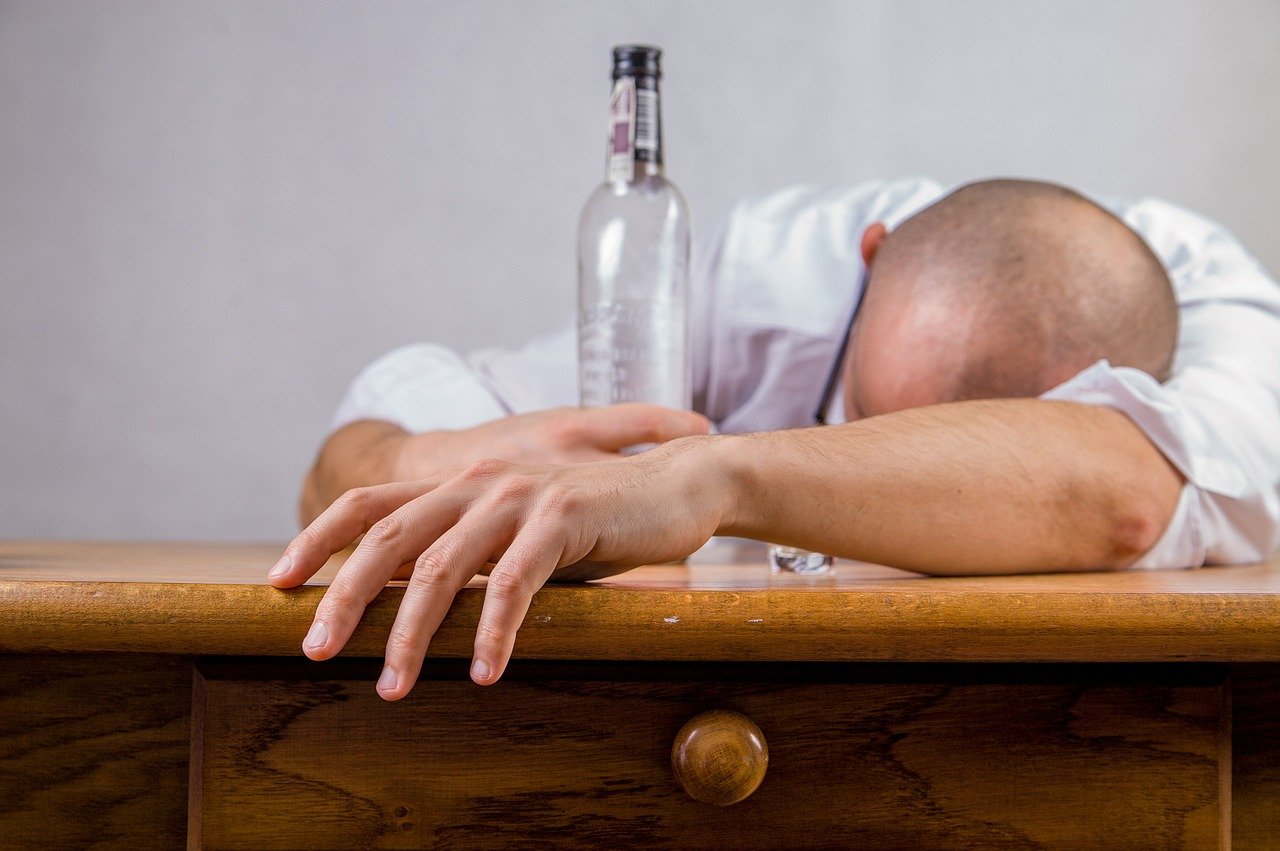Demi Lovato Is California Sober: What Does It Mean and Is It Safe?
The term “California sober” gained attention after Demi Lovato’s interview on CBS Sunday Morning in March. Since her near-fatal opioid overdose in July 2018, the singer says she’s found a way forward that works for her.
In the interview at Lovato’s Los Angeles home, she told CBS’s correspondent Tracy Smith, “I think the term that I best identify with is ‘California sober.’ I really don’t feel comfortable explaining the parameters of my recovery to people, because I don’t want anyone to look at my parameters of safety and think that’s what works for them, because it might not.” She continued, “I am cautious to say that, just like I feel the complete abstinent method isn’t a one-size-fits-all solution for everybody, I don’t think that this journey of moderation is a one-size-fits-all solution for everybody.”
So what exactly is California sober? And is it safe?
The California Sober Lifestyle
While traditional sobriety is defined as abstaining from any drug or alcohol, the California sober approach is about using certain drugs in moderation.
“In the case of Demi Lovato, she’s substituting her drug of choice, opioids, with other substances like alcohol and cannabis,” says Patrick Cronin, an addiction specialist at Ark Behavioral Health, which runs rehab facilities in Massachusetts.
Cronin makes a distinction between this approach and the philosophy of harm reduction, which is when someone uses strategies to manage their usage and reduce the harmful or life-threatening consequences of drug or alcohol use. “By most definitions California sober is not harm reduction,” he says, emphasizing that this approach is more about replacing one drug with another than about minimizing usage.
The term is often attributed to Michelle Lhooq, a writer who published an article on Vice.com in 2019 about streamlining her substance use to improve her health. She quit all drugs except marijuana and certain psychedelics when she moved from New York to California (a state where marijuana use is legal, hence the name “California sober”). The term “Cali sober,” Lhooq wrote, is also commonly used by people who abstain from all substances except marijuana.
While California sober may be a new colloquial term, people all over have been trying to manage addiction using this approach for years, says Cronin. Cronin himself is in long-term recovery from a history of opioid use disorder; he said he tried the California sober approach numerous times while trying to get clean. “It failed miserably. It always led to relapse.”
Matthew Polacheck, PsyD, the director of outpatient services at the Betty Ford Center in West Los Angeles, describes similar patient stories: “The patients we see — including those who have an opioid use disorder — generally are seeking to stay away from all intoxicants because they have attempted to moderate or switch substances on their own and have found that continued use, in any combination, hasn’t worked for them and is holding them back from the health and wellness they want.”
Given the way substances affect mental and physical health, is California sober a recommended approach?
“I like hearing ‘moderation’ as a specialist,” says Timothy K. Brennan, MD, the director of the Addiction Institute at Mount Sinai West and Mount Sinai Morningside Hospitals in New York City. Too much of anything can be problematic healthwise, he adds. For example, if you find yourself drinking more than usual, as many people have during the pandemic, reducing your intake is always a good idea. He cautions that for someone with a substance use disorder, treatment is not as simple as replacing one substance with another. “If taking substances like cannabis was a cure for opioid use disorder, we wouldn’t have opioid treatment programs.”
Dr. Polacheck says that some people with a substance use disorder may have a predisposed vulnerability to all mind- and mood-altering substances, resulting in other unhealthy behaviors.
“Throughout history, people in recovery have shared their own cautionary tales of trying to use ‘other’ substances in moderation, and — sometimes quickly — drifting back into addiction. Some may also develop problematic patterns with other activities like eating, work, shopping, sex, etc., which may weigh as heavily on someone mentally as physically. These are common stories we hear from our patients,” says Polacheck. He adds that there are exceptions, however, and it’s important to support each individual health journey.
How Addiction Affects the Brain
Why might using another substance in moderation hamper efforts toward recovery for an addicted individual? One of the reasons is the complex way addiction affects the brain.
“Dopamine is the brain’s main pleasure hormone,” explains Brennan. “A stimulating conversation, food, drink, sex, or substance use can all lead the brain to release dopamine.” But different substances don’t release the same amount of dopamine. While a person may experience a small burst of the hormone while drinking a glass of wine, substances like opioids lead to extreme surges, hundreds to thousands of times greater, he says.
How does this affect the brain? Brain imaging research has helped scientists map the circuits of neurons involved in relapsing patterns of addictive behaviors. According to a study published in April 2018 in the American Journal of Psychiatry, during intoxication, the drug stimulates large bursts of dopamine, and drug-taking behavior is reinforced by this physiological reward.
For a person suffering from addiction, these dopamine bursts diminish over time, and they need more of the substance to feel the same effects. The circuits controlling the desire for a drug, usually held in check by the prefrontal cortex, which supports rational, healthy decision-making, are also disrupted. This explains why it’s harder for an addicted individual to resist using.
For someone adopting the California sober approach, substituting one substance for another will still hit the brain’s dopamine receptors, says Cronin, but the dopamine release will likely be reduced. For someone with a substance use-disorder, this could potentially incite relapse, since the brain craves a stronger reward and healthy decision-making is impaired, he explains.
Am I Addicted? Mild, Moderate, and Severe Substance Use Disorder
“There is no blood test, X-ray or tissue biopsy for diagnosing a substance use disorder,” says Brennan. Instead, if you’re concerned you have a substance problem, your doctor will ask you some questions drawn from the Diagnostic and Statistical Manual of Mental Disorders (DSM-5). This uses 10–11 diagnostic criteria, or symptoms, to classify a substance use disorder. Symptoms fall into four categories:
- Impaired control, like taking the substance in larger amounts or over a longer period than was intended.
- Social problems, like neglecting responsibilities and relationships.
- Risky use, like continued use despite known problems.
- Physical dependence, like needing more of the substance to get the effect you want (tolerance) or the development of withdrawal symptoms, which can be relieved by taking more of the substance.
Those who have two or three symptoms are considered to have a “mild” disorder; four to five symptoms is considered “moderate”; and six or more is considered a “severe” substance use disorder — commonly called addiction.
Could the California sober approach be recommended for someone with a mild or moderate substance use disorder as opposed to a severe disorder?
“I would say absolutely not,” says Cronin. “With my experience and expertise, offering someone to drink alcohol or smoke marijuana to subside another mild addiction makes no sense. There are many different forms of recovery and or treatment. California Sober is not something I have seen any facts around or science proving otherwise.”
Brennan strongly cautions against this approach as well, regardless of the severity of someone’s disorder. “I would not recommend this approach to anyone under any circumstance,” he says.
Polacheck also emphasizes that the best approaches to effective treatment are evidence-based and comprehensive (addressing the biological, psychological, and social aspects of the disease) and offer long-term support. “The most effective treatment programs rely on evidence-based practices that have been proven through science-based research, such as [U.S. Food and Drug Administration]-approved medications, motivational interviewing, feedback-informed treatment, 12-step facilitation, and cognitive behavioral therapy.
“Addiction is a chronic disease,” Polacheck continues, “and it shouldn’t be treated at an acute level.”
While, as Lovato suggested, there’s no one-size-fits-all solution with a problem as complex as addiction, Cronin recommends that if you’re concerned, talking to your primary physician is always a step toward effective treatment.
“Talk to your doctor and be honest,” he says. “With California sober, relapse is a matter of time.”


